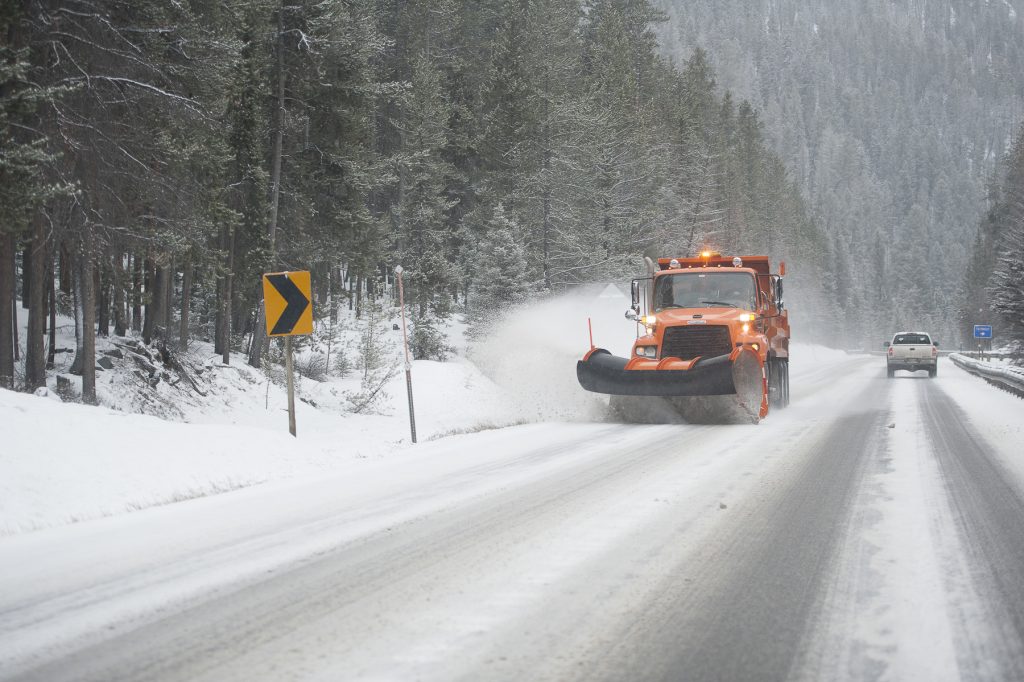PROJECT NEWS: Tools and Strategies for Developing Severity Indices

The Clear Roads research program, which sponsors practitioner-focused winter maintenance research, is highlighting a recently completed severity index project on its website. For “Evaluation of SSI and WSI Variables,” the Narwhal Group and WTI collaborated to create a step-by-step guide to support implementing a severity index, paired with a flowchart tool that helps match users […]
RESEARCH NEWS: Winter is coming — What’s new in Cold Climate research?

Montana is not the only place concerned with keeping the roads clear and safe during the winter months. Over the last year, WTI’s Cold Climate Operations and Systems program has added a number of new projects with multi-state partnerships to improve the tools, resources, and staffing available to winter maintenance agencies. Roadway Friction Modeling: Improving […]
